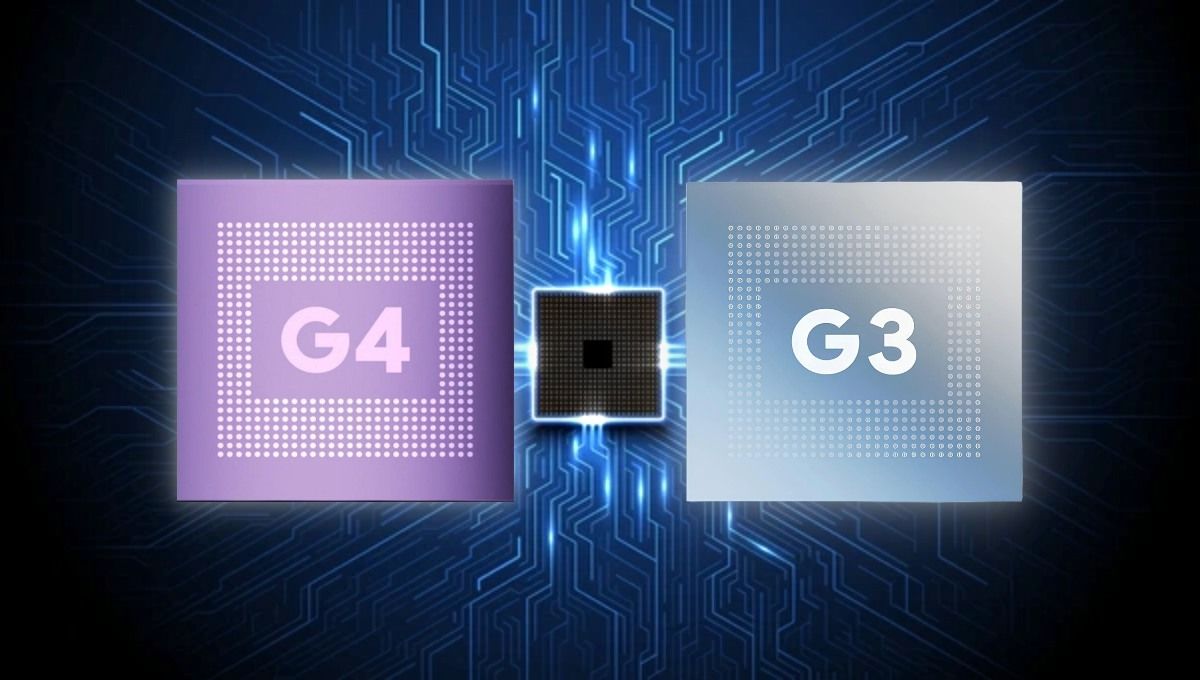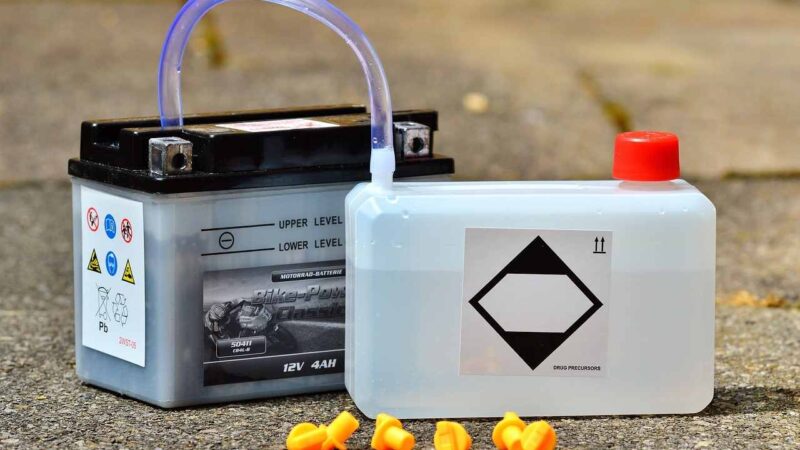Google Tensor G4 vs Snapdragon 8 Gen 3: A Detailed Comparison

In the ever-evolving world of smartphone processors, Google and Qualcomm have once again stepped into the ring with their latest offerings. Google’s Tensor G4 and Qualcomm’s Snapdragon 8 Gen 3 are the newest contenders in the high-performance chip market. This article will break down their key features, performance metrics, and what makes each of these chips unique.
Overview of Google Tensor G4
Google’s Tensor G4 is the latest iteration in the Tensor series. It was officially announced in August 2024. This chip is designed to enhance Google’s Pixel smartphones, bringing new advancements in AI and machine learning.
Overview of Snapdragon 8 Gen 3
Qualcomm’s Snapdragon 8 Gen 3 was revealed in early August 2024. It is set to power a range of high-end Android smartphones, promising significant improvements in speed and efficiency.
Key Features of Google Tensor G4
1. AI and Machine Learning
The Tensor G4 emphasizes AI and machine learning capabilities. It features a new AI co-processor that enhances features like real-time language translation and improved photo editing. Google has focused on integrating more advanced neural network processing units (NPUs).
2. Camera Improvements
The Tensor G4 includes enhanced image signal processing (ISP) features. This allows for better low-light photography and more sophisticated image-processing algorithms. Google’s commitment to camera technology is evident in the improvements seen in this chip.
3. Energy Efficiency
Google has improved the power efficiency of the Tensor G4. This means users can expect better battery life from their Pixel devices. The chip is designed to optimize power consumption based on the user’s activity.
Key Features of Snapdragon 8 Gen 3
1. Performance Boost
The Snapdragon 8 Gen 3 boasts a significant performance boost over its predecessors. With a new Kryo CPU architecture, it delivers faster processing speeds and smoother multitasking. The chip is designed to handle high-end gaming and intensive applications with ease.
2. Graphics and Gaming
Qualcomm has upgraded the Adreno GPU in the Snapdragon 8 Gen 3. This results in better graphics performance and support for the latest gaming technologies. Users can expect improved graphics rendering and enhanced gaming experiences.
3. Connectivity
The Snapdragon 8 Gen 3 features advanced 5G connectivity. It supports the latest 5G bands, providing faster download and upload speeds. Additionally, it includes improvements in Wi-Fi technology, offering better wireless performance.
Performance Comparison
1. CPU Performance
The Tensor G4’s AI-focused design means it excels in tasks that require machine learning. However, in raw CPU performance, the Snapdragon 8 Gen 3 leads with its new Kryo architecture. The Snapdragon 8 Gen 3 is likely to outperform the Tensor G4 in tasks requiring sheer processing power.
2. GPU Performance
For graphics-intensive tasks, the Snapdragon 8 Gen 3 has a clear advantage. Its upgraded Adreno GPU provides superior performance in gaming and other graphics-heavy applications. The Tensor G4’s GPU is more oriented towards AI and computational photography.
Battery Life
Both chips offer improvements in energy efficiency. However, the Tensor G4’s focus on power optimization for AI tasks might give it a slight edge in battery life for everyday smartphone use. On the other hand, the Snapdragon 8 Gen 3’s efficiency improvements are more geared towards high-performance scenarios.
Software Integration
1. Google Tensor G4
The Tensor G4 is tightly integrated with Google’s software ecosystem. It enhances the user experience with features like Google Assistant and real-time translation. The chip’s AI capabilities are designed to complement Google’s software innovations.
2. Snapdragon 8 Gen 3
Qualcomm’s Snapdragon 8 Gen 3 works well with a wide range of Android devices. Its broad compatibility ensures that it supports various software features across different manufacturers. The chip’s performance improvements are versatile and can be leveraged by various apps and games.
Conclusion
In summary, the Google Tensor G4 and Snapdragon 8 Gen 3 both bring significant advancements to the smartphone market. The Tensor G4 excels in AI and machine learning, while the Snapdragon 8 Gen 3 offers superior overall performance and gaming capabilities. Your choice between these two chips will likely depend on what features you value more: Google’s innovative AI integrations or Qualcomm’s high-performance computing and graphics.
FAQs
1. Which chip is better for gaming?
The Snapdragon 8 Gen 3 is better for gaming due to its enhanced Adreno GPU, which provides superior graphics performance.
2. Does the Tensor G4 offer better battery life?
The Tensor G4 may offer slightly better battery life due to its focus on power efficiency, especially for tasks involving AI.
3. How does the AI performance compare between the two chips?
The Tensor G4 excels in AI and machine learning tasks, offering advanced features like real-time language translation and improved photo processing.
4. Will the Snapdragon 8 Gen 3 support the latest 5G bands?
Yes, the Snapdragon 8 Gen 3 includes advanced 5G connectivity, supporting the latest 5G bands for faster network speeds.
5. Can the Tensor G4 be used in devices other than Google Pixel smartphones?
No, the Tensor G4 is specifically designed for Google Pixel devices, while the Snapdragon 8 Gen 3 can be used in a variety of Android smartphones from different manufacturers.







